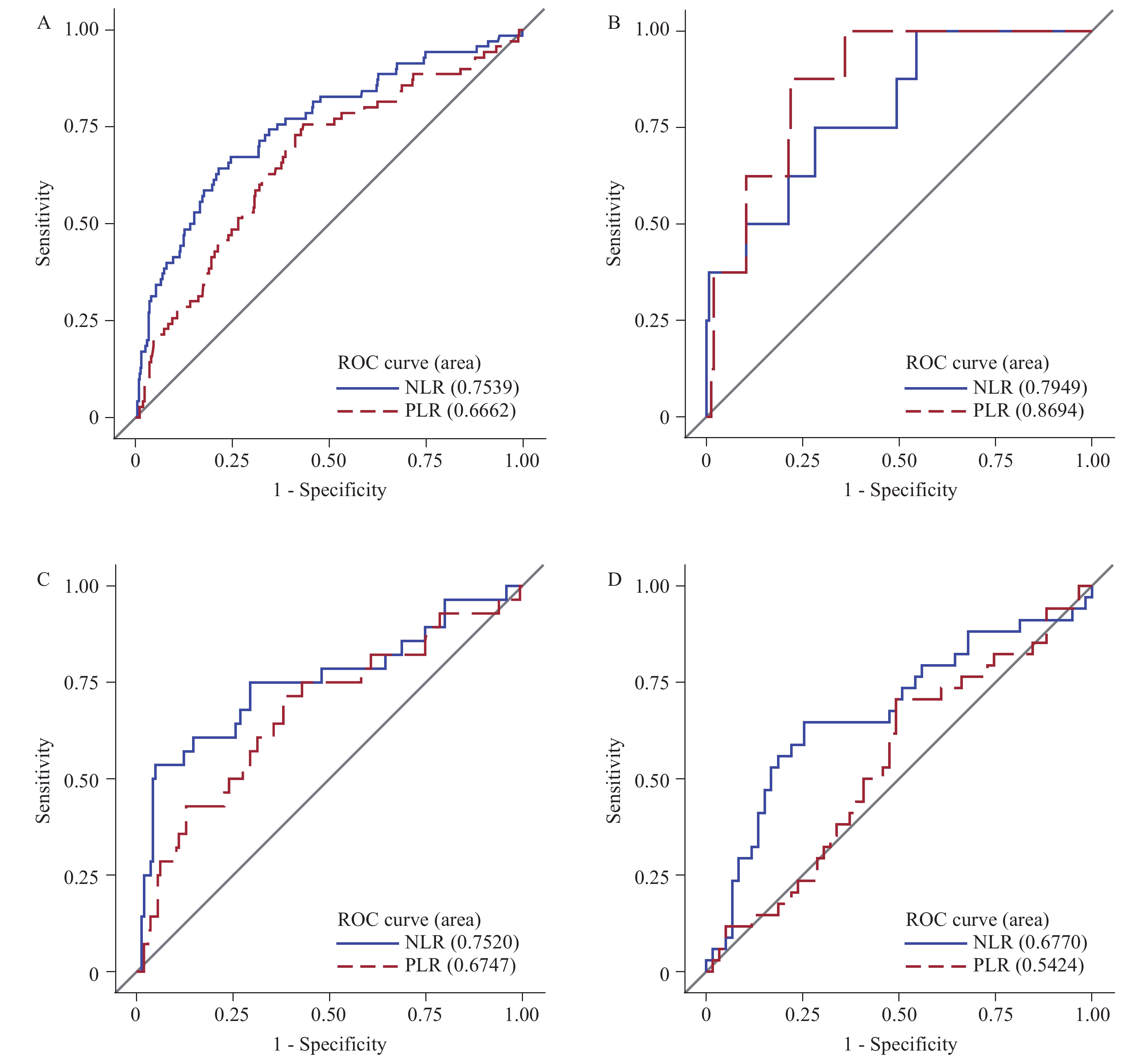2022 Vol. 4, No. 10
In light of the severity of coronavirus disease (COVID-19) around the world, it is an arduous task for China to prevent COVID-19 from being imported from abroad and proliferating domestically. The community is the first and most effective line of defense and can effectively cut off the channels of spread of the epidemic. In order to reduce risks of COVID-19 transmission in the community, it is necessary to sort out the loopholes in risk and management, as well as investigate previous epidemic transmission events in the community.
Coronavirus disease 2019 (COVID-19) causes symptoms ranging from mild to severe. Indicators for identifying severe COVID-19 infection have not been well identified, especially for young patients.
Both neutrophil-lymphocyte ratio (NLR) [area under curve (AUC): 0.80; the odds ratios (OR)and 95% confidence intervals ( 95% CI): 1.30 (1.13–1.50)] and platelet-lymphocyte ratio (PLR) [AUC: 0.87; OR (95% CI): 1.05 (1.01–1.09)] were determined to be indicators for recognition of patients with severe COVID-19 in young patients less than age 40.
NLR and PLR are useful indicators for identifying patients with severe COVID-19, especially in young patients less than age 40.
With the large-scale roll-out of the coronavirus disease 2019 (COVID-19) booster vaccination effort (a vaccine dose given 6 months after completing primary vaccination) in China, we explore when and how China could lift non-pharmacological interventions (NPIs) against COVID-19 in 2022.
Using a modified susceptible-infectious-recovered (SIR) mathematical model, we projected the COVID-19 epidemic situation and required medical resources in Guangdong Province, China.
If the number of people entering from overseas recovers to 20% of the number in 2019, the epidemic in 2022 could be controlled at a low level by a containment (215 local cases) or suppression strategy (1,397 local cases). A mitigation strategy would lead to 21,722 local cases. A coexistence strategy would lead to a large epidemic with 6,850,083 local cases that would overwhelm Guangdong’s medical system. With 50% or 100% recovery of the 2019 level of travelers from overseas, the epidemic could also be controlled with containment or suppression, but enormous resources, including more hotel rooms for border quarantine, will be required. However, coexistence would lead to an uncontrollable epidemic with 12,922,032 local cases.
With booster vaccinations, the number of travelers from overseas could increase slightly in 2022, but a suppression strategy would need to be maintained to ensure a controllable epidemic.
Coronavirus disease 2019 (COVID-19) outbreaks in the past were mostly caused by overseas transmission, but if control measures are not appropriately applied, domestic transmission could also cause large-scale local epidemics.
This report covers all information of epidemic investigation processes, epidemiological characteristics and exposure history, transmission chains, sequencing results as well as public health measures taken for the COVID-19 cluster epidemic caused by the Delta variant in a cosmetic hospital in Yantai City in August 2021.
The information provided in this report, including active case finding, community management, and mass testing, may assist public health professionals in dealing with local COVID-19 epidemics caused by domestic transmission.



 Subscribe for E-mail Alerts
Subscribe for E-mail Alerts CCDC Weekly RSS Feed
CCDC Weekly RSS Feed

